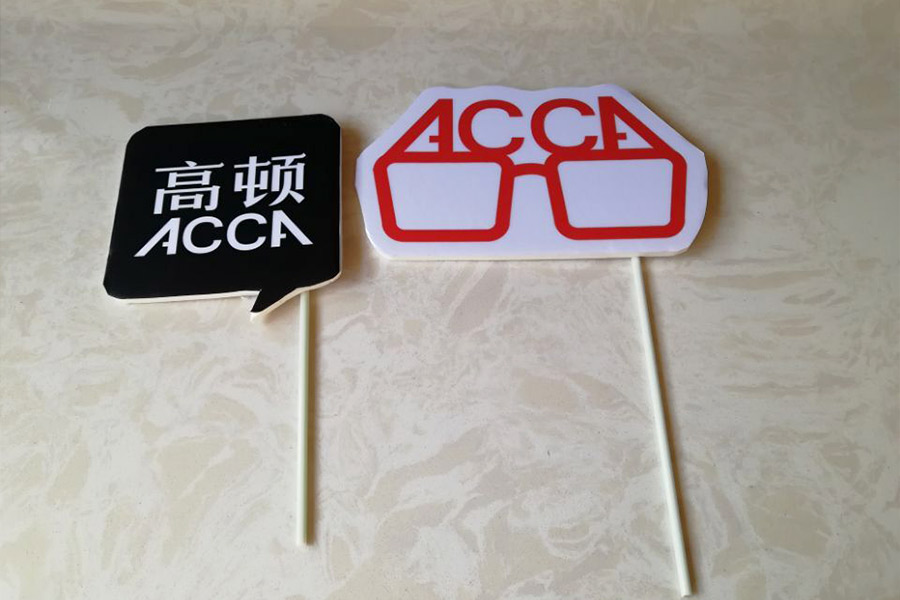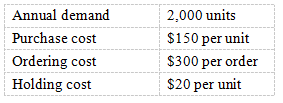ACCA Paper P3 Process Change Quality and swim lane diagrams
摘要:【高顿ACCA小编】2015年 ACCA 考试即将开始,我们将第一时间公布考试相关内容,请各位考生密切关注高顿ACCA,预祝大...
【高顿ACCA小编】2015年ACCA考试即将开始,我们将第一时间公布考试相关内容,请各位考生密切关注高顿ACCA,预祝大家顺利通过ACCA考试。今天为大家带来的是 Paper P3 Process Change Quality and swim lane diagrams
There have been two recent articles in Student Accountant magazine (September 2008 and January 2009)
relating to P3, both of which deal with process change and which make use of ‘swim lane’ diagrams to depict
a process. The January article stated that students could be expected to be presented with one of these
diagrams in their exam as the examiner feels that they are very effective way of depicting processes and for
identifying areas that could be improved. There would be no requirement to draw such a diagram.
Download full article:
In summary, the importance and methods of process change as set out in these articles are as follows:
1. Businesses exist to add value, which gives them the ability to make profits (margin).
2. The value chain shows the activities which are available to add value – though does not show how to
add value. Value can be added by using the business’s resources, but is more likely added by using the
business’s competences.
3. Individual activities could add value but, more likely, value is added by creating processes by organising a
number of different activities.
For example, a supermarket adds value by providing its customers with a large range of products, quality
controlled, and conveniently gathered together in one place. Procurement (ordering and purchasing),
inbound logistics (goods-in, inspection), operations (good shops, well-stocked shelves) and outbound
logistics (adequate car parks and home delivery options), and sales and marketing (loyalty cards) are
certainly involved. But what is important is not the individual activities, but the whole process of getting
the right food at the right quality and price to customers. As mentioned in the September article “Slack et
al defines a process as ‘an arrangement of resources that transforms inputs into outputs that satisfy (internal
or external) customer needs’”.
4. Improving business processes is an essential step in improving profits, and extent of process improvement
can be categorised as:
• Process re-engineering. A very radical, zero-based rethink, usually characterised as taking place at the
strategic level.
• Process redesign. An intermediate level of change, often said to be at the operational level.






